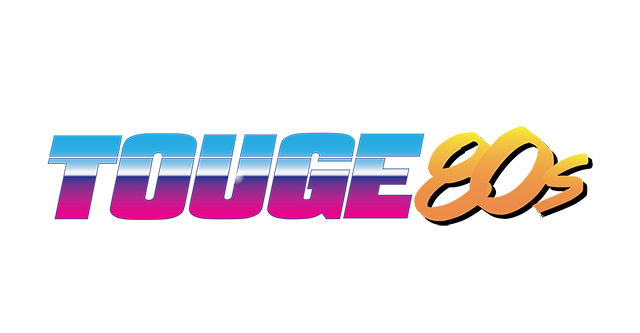After the original Lexus LS400 turned the traditional luxury car market upside down, engineers for the second-generation asked, “Why mess with success?” The XF20 gave customers more of the LS’s trademark opulence, sumptuousness, competence, and overall value, just more of it. Despite the car being 90 percent new, it can be hard to tell the difference between the pre-facelift XF20 and the XF10.
It seems weird to say that Lexus engineers turned the dial up to 11 because that would be unbecoming of a luxury sedan whose defining characteristic is understated elegance. The original was already a 10, a contender for the most over-engineered car ever built. Perhaps it’s just better to say engineers turned it up to 10.5.
Improvements were subtle, but just about every metric was enhanced. It had a longer wheelbase and greenhouse for more interior room. Aerodynamics improved with a Cd of 0.28. The butter-smooth 4.0-liter V8’s horsepower and torque was bumped up by 10 units each, to 260 horses and 260 lb-ft. Lighter pistons and valvetrains helped contribute to a curb weight reduction of 209 pounds. It even had a double-decker dash compartment that was, according to Motorweek, the first dash-mounted 6-disc changer. Pre-loading your CDs in the trunk was a thing of the past.
Motorweek‘s testing revealed sharper response, less body roll, and a sportier feel in the LS’s variable-assist power steering. This is all relative, of course, because compared to a modern car the XF20 still feels quite boaty, even if it did scoot from 0-60 in 7.3 seconds.
These improvements didn’t raise the base price at all, which was $51,200 in 1995. That’s the equivalent of $108,295 in 2025 dollars, but the LS was still striking fear into the hearts of the German and British old guard. The fact that you can buy one today for $4,000 is almost ludicrous. If we were broke, we’d get a used LS400 and enjoy no car payments or repair bills for the entire duration of ownership.







While your $4,000 LS400 will need a steering rack and pump, the screens for the HVAC and stereo will be black and unreadable, the trunk will be full of water, turn signals and side marker lights will be held in with hopes and dreams, the doors seals will leak, and the timing belt will be well overdue for replacing, the only thing that will make it leave you stranded is the dead battery.
All of that will melt away from your mind as you silently and effortlessly glide down the road.
That car is still on my bucket list, but I worry that it will get too old by the time I move to that “phase” of cars. As much as I am an Infiniti Q45 fan, the LS400 (and LS430) just seem way more proven than the Infiniti counterparts. I didn’t warm up to the second gen Q45 because I felt Nissan could have done better with the styling. Power was also decreased, and “Q45” it was not since the engine was a 4.1liter.
At one point it seemed like the 1998-2000 LS400 was more popular than the LS430s, and some friends who had the LS400s told me they preferred that shape more than the European-inspired shape in the LS430. They liked how the 4.0liter and 5-speed automatic was mega bulletproof.
Having owned both, I feel like the 400 shape is far more Euro than the Buick-ish 430.
Also, go for it. Any gen of V8 LS will be one of the best you ever own.
$4000 will only afford a very expensive LS400 to keep, or one in need of a restoration…
Before changing car, I looked at these and the later LS430, but then the Avalon made more and more sense to me. A slighty bigger and comfier Camry but without the more expensive parts that come with the Lexus ES that actually is the pimped Camry. The thing is, the Avalon is super rare in my area, while almost any Lexus can be seen as common! There are never more than one for sale in my province, while the Lexus are more common. Sadly, reliable or not, rust is a major downside to older cars over here.
Mazda had a very, very good looking 929 but nobody seems to remember those, is it only because of the V6, or the fact that Mazda was lower-market compared to Lexus and Infiniti?
That’s not necessarily true. Like every car, they have their common issues, but $4k can still absolutely buy you a dead reliable (if slightly raggy-looking) UCF10, 20, or 30. It’ll take a bit of research and discretion, or a fair amount of luck, but it’s still pretty easy to find bargains.